

Top 15 Books Every Data Engineer Should Know in 2021
source link: https://medium.com/technexthere/top-15-books-every-data-engineer-should-know-d635e91fe3bc
Go to the source link to view the article. You can view the picture content, updated content and better typesetting reading experience. If the link is broken, please click the button below to view the snapshot at that time.
Top 15 Books Every Data Engineer Should Know in 2021
The article will present essential books to excel in your data engineering journey.

You never stop learning as a Data Engineer. No matter if you’re a beginner or a pro. Success in Data Engineering is frequently due to a person’s natural curiosity and desire to discover more.
It’s crucial to understand that learning Data Engineering concepts take time. You can’t do it overnight. Reading books and watching videos is a good start, but solving problems you care about is the only long-term way.
Designing Data-Intensive Applications

Data is at the center of many challenges in system design today. Complex issues need to be figured out, such as scalability, consistency, reliability, efficiency, and maintainability. In addition, we have an overwhelming variety of tools, including relational databases, NoSQL datastores, stream or batch processors, and message brokers. How do you make sense of all these buzzwords? What are the right choices for your application?
The software keeps changing, but the fundamental principles remain the same. In this practical and comprehensive guide, author
helps you navigate this diverse landscape by examining the pros and cons of various technologies for processing and storing data. With the Designing Data-Intensive Applications book, data engineers and architects will learn how to apply those ideas in practice and fully use data in modern applications.Kafka: The Definitive Guide, 2nd Edition
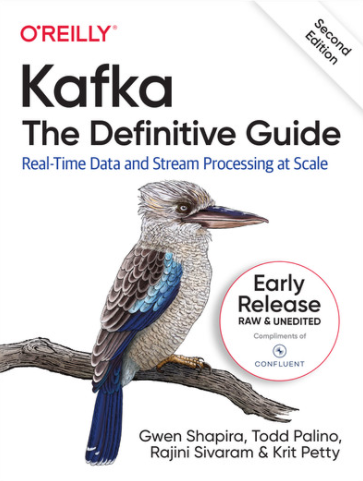
Every enterprise application creates log messages, metrics, user activity, outgoing messages, or something else. Moving all of this data is just as important as the data itself. Kafa: The Definitive Guide book’s updated second edition shows application architects, developers, and production engineers new to the Kafka open-source streaming platform to handle real-time data feeds. Additional chapters cover Kafka’s AdminClient API, new security features, and tooling changes.
Engineers from Confluent and LinkedIn responsible for developing Kafka explain how to deploy production Kafka clusters, write reliable event-driven microservices, and build scalable stream processing applications with this platform. You will learn Kafka’s design principles, reliability guarantees, key APIs, and architecture details through detailed examples, including the replication protocol, the controller, and the storage layer.
The Enterprise Big Data Lake
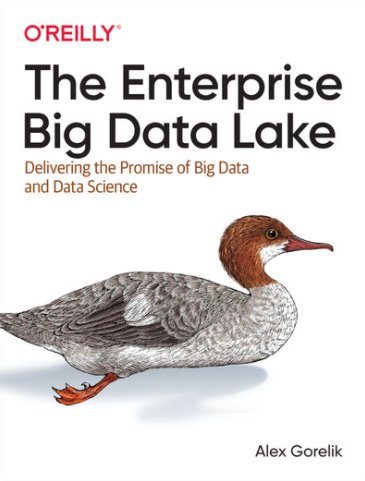
The data lake is a daring new approach for harnessing the power of big data technology and providing convenient self-service capabilities. But is it suitable for your company? This book is based on discussions with practitioners and executives from over a hundred organizations, from data-driven companies such as Google, LinkedIn, and Facebook, to governments and traditional corporate enterprises. You’ll learn what a data lake is, why enterprises need one, and how to build one successfully with the best practices in The Enterprise Big Data Lake book.
Alex Gorelik, CTO
and founder of Waterline Data, explain why old systems and processes can no longer support data needs in the enterprise. Then, in a collection of essays about data lake implementation, you’ll examine data lake initiatives, analytic projects, experiences, and best practices from data experts working in various industries.Pandas 1. x Cookbook
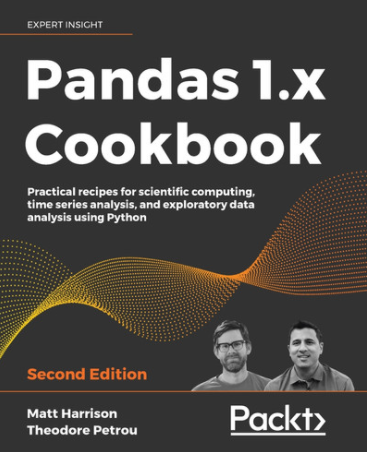
The panda's library is massive, and it’s common for frequent users to be unaware of many of its more impressive features. The official panda's documentation, while thorough, does not contain many practical examples of how to piece together multiple commands as one would do during an actual analysis. Pandas 1. x Cookbook book guides you as if you were looking over the shoulder of an expert through situations that you are highly likely to encounter.
97 Things Every Data Engineer Should Know
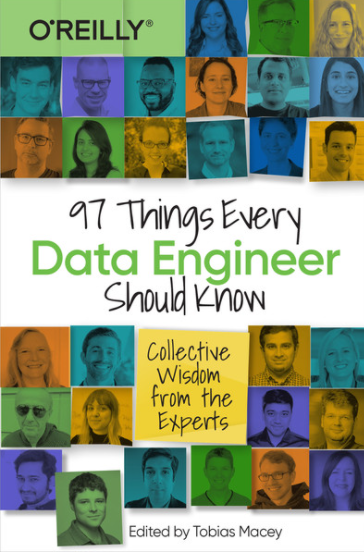
Take advantage of today’s sky-high demand for data engineers. With this in-depth book, current and aspiring engineers will learn powerful, real-world best practices for managing data big and small. Contributors from notable companies including Twitter, Google, Stitch Fix, Microsoft, Capital One, and LinkedIn share their experiences and lessons to overcome various specific and often nagging challenges.
Edited by Tobias Macey, host of the popular Data Engineering Podcast, The 97 Things Every Data Engineer Should Know book presents 97 concise and practical tips for cleaning, prepping, wrangling, storing, processing, and ingesting data. Data engineers, data architects, data team managers, data scientists, machine learning engineers, and software engineers will significantly benefit from the wisdom and experience of their peers.
Streaming Systems
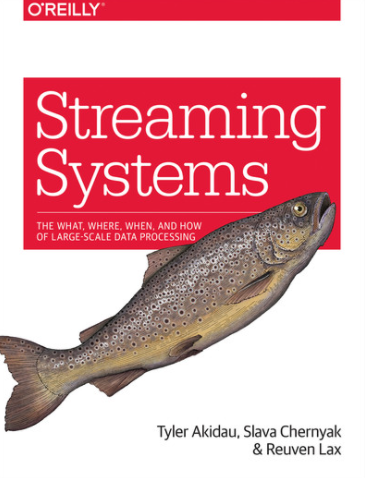
Streaming data is a big deal in big data these days. As more and more businesses seek to tame the massive unbounded data sets that pervade our world, streaming systems have finally reached a level of maturity sufficient for mainstream adoption. With this practical guide, data engineers, data scientists, and developers will learn to work with streaming data in a conceptual and platform-agnostic way.
Expanded from Tyler Akidau’s popular blog posts “Streaming 101” and “Streaming 102”, the Streaming Systems booktakes you from an introductory level to a nuanced understanding of the what, where, when, and how of processing real-time data streams. You’ll also dive deep into watermarks and exactly-once processing with co-authors Slava Chernyak and Reuven Lax.
Data Management at Scale

As data management and integration continue to evolve rapidly, storing all your data in one place, such as a data warehouse, is no longer scalable. Very shortly, data will need to be distributed and available for several technological solutions. With this Data Management at Scale book, you’ll learn how to migrate your enterprise from a complex and tightly coupled data landscape to a more flexible architecture ready for the modern world of data consumption.
Executives, data architects, analytics teams, and compliance and governance staff will learn how to build a modern, scalable data landscape using the Scaled Architecture, which you can introduce incrementally without a significant upfront investment. Author Piethein Strengholt provides blueprints, principles, observations, best practices, and patterns to get you up to speed.
Database Internals
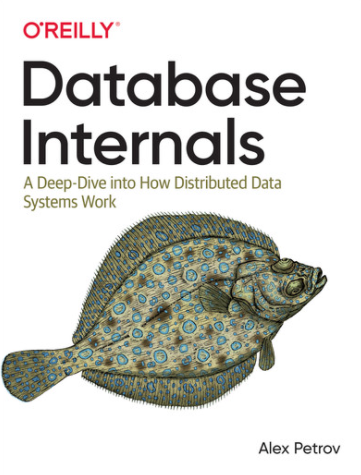
When it comes to choosing, using, and maintaining a database, understanding its internals is essential. But with so many distributed databases and tools available today, it’s often difficult to understand what each one offers and how they differ. With Database Internals practical guide, Alex Petrov guides developers through the concepts behind modern database and storage engine internals.
Throughout the book, you’ll explore relevant material gleaned from numerous books, papers, blog posts, and the source code of several open-source databases. These resources are listed at the end of parts one and two. You’ll discover that the most significant distinctions among many modern databases reside in subsystems that determine how storage is organized and how data is distributed.
Data Pipelines Pocket Reference
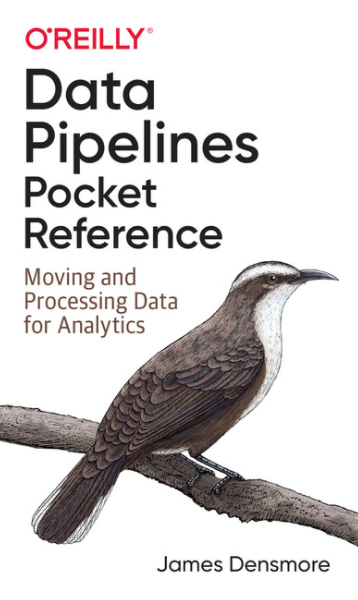
Data pipelines are the foundation for success in data analytics. Moving data from numerous diverse sources and transforming it to provide context is the difference between having data and gaining value. This Data Pipelines Pocket Reference defines data pipelines and explains how they work in today’s modern data stack.
When implementing pipelines, you’ll learn common considerations and critical decision points, such as batch versus streaming data ingestion and build versus buy. This Data Pipelines Pocket Reference book addresses the most common decisions made by data professionals and discusses foundational concepts that apply to open-source frameworks, commercial products, and homegrown solutions.
Learning Spark, 2nd Edition
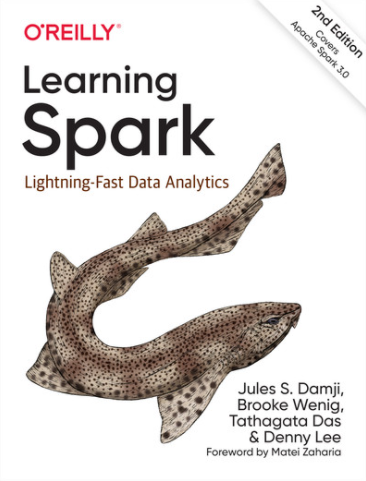
Data is more extensive, arrives faster, and comes in various formats — and it all needs to be processed at scale for analytics or machine learning. But how can you process such varied workloads efficiently? Enter Apache Spark.
Updated to include Spark 3.0, thisLearning Spark, 2nd Edition bookshows data engineers and data scientists why structure and unification in Spark matters. Specifically, thisLearning Spark, 2nd Edition book explains how to perform simple and complex data analytics and employ machine learning algorithms. Through step-by-step walk-throughs, code snippets, and notebooks,
Mastering Kafka Streams and ksqlDB
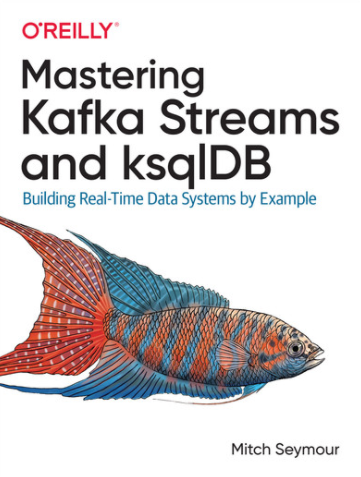
Working with unbounded and fast-moving data streams has historically been difficult. But with Kafka Streams and ksqlDB, building stream processing applications is easy and fun. Mastering Kafka Streams and ksqlDB practical guide shows data engineers how to use these tools to build highly scalable stream processing applications for moving, enriching, and transforming large amounts of data in real-time.
Mitch Seymour, the data services engineer at Mailchimp, explains essential stream processing concepts against a backdrop of several exciting business problems. You’ll learn the strengths of both Kafka Streams and ksqlDB to help you choose the best tool for each unique stream processing project. Non-Java developers will find the ksqlDB path to be an incredibly gentle introduction to stream processing.
Stream Processing with Apache Flink
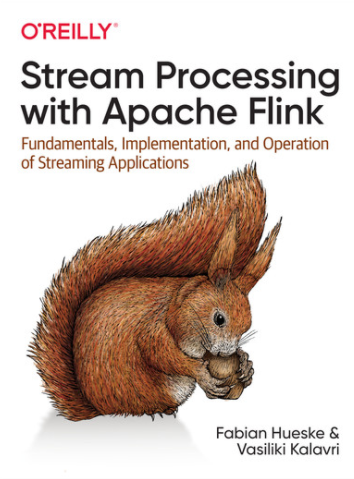
Get started with Apache Flink, the open-source framework that powers some of the world’s most extensive stream processing applications. With Stream Processing with Apache Flink book, you’ll explore the fundamental concepts of parallel stream processing and discover how this technology differs from traditional batch data processing.
Longtime Apache Flink committers Fabian Hueske and Vasia Kalavri show you how to implement scalable streaming applications with Flink’s DataStream API and continuously run and maintain these applications in operational environments. Stream processing is ideal for many use cases, including low-latency ETL, streaming analytics, and real-time dashboards, as well as fraud detection, anomaly detection, and alerting. You can process continuous data of any kind, including user interactions, financial transactions, and IoT data, as soon as you generate them.
Data Pipelines with Apache Airflow
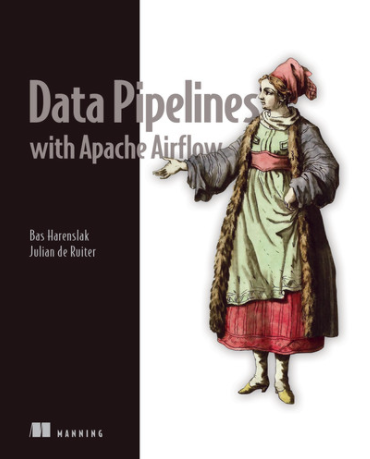
Data Pipelines with Apache Airflow teaches you how to build and maintain effective data pipelines. Part reference and part tutorial, this practical guide covers every aspect of the directed acyclic graphs (DAGs) that power Airflow and how to customize them for your pipeline’s needs. You’ll explore the most common usage patterns, including aggregating multiple data sources, connecting to and from data lakes, and cloud deployment.
Google BigQuery: The Definitive Guide
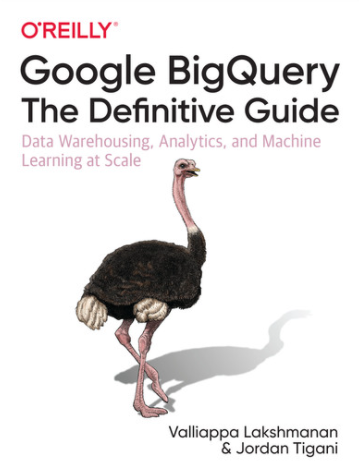
Work with petabyte-scale datasets while building a collaborative, agile workplace in the process. This Google BigQuery: The Definitive Guide practical book is the canonical reference to Google BigQuery, the query engine that lets you conduct interactive analysis of large datasets. BigQuery enables enterprises to efficiently store, query, ingest and learn from their data in a convenient framework. With Google BigQuery: The Definitive Guide book, you’ll examine how to analyze data at scale to derive insights from large datasets efficiently.
Valliappa Lakshmanan, tech lead for Google Cloud Platform, and Jordan Tigani, engineering director for the BigQuery team, provide best practices for modern data warehousing within an autoscaled, serverless public cloud. Whether you want to explore parts of BigQuery you’re unfamiliar with or prefer to focus on specific tasks, this reference is indispensable.
Cassandra: The Definitive Guide, 3rd Edition
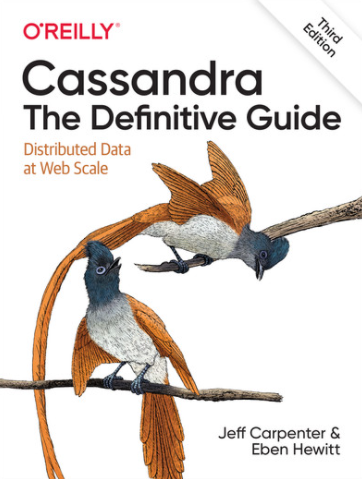
Imagine what you could do if scalability weren’t a problem. With this hands-on guide, you’ll learn how the Cassandra database management system handles hundreds of terabytes of data while remaining highly available across multiple data centers. This Cassandra: The Definitive Guide, 3rd Edition — updated for Cassandra 4.0 — provides the technical details and practical examples you need to put this database to work in a production environment.
Authors Jeff Carpenter and Eben Hewitt demonstrate the advantages of Cassandra’s nonrelational design, with particular attention to data modeling. Suppose you’re a developer, DBA, or application architect looking to solve a database scaling issue or future-proof your application. In that case, this Cassandra: The Definitive Guide, 3rd Edition guide helps you harness Cassandra’s speed and flexibility.
Hadoop: The Definitive Guide, 4th Edition
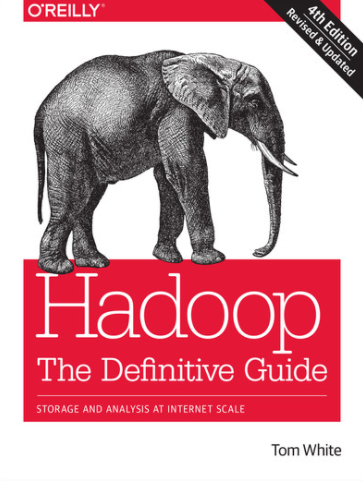
Hadoop: The Definitive Guide, 4th Edition, Hadoop exclusively, author Tom White presents on YARN and several Hadoop-related projects such as Parquet, Flume, Crunch, and Spark. You’ll learn about recent changes to Hadoop and explore new case studies on Hadoop’s role in healthcare systems and genomics data processing.
Feel free to hit the 👏 button below if you enjoyed this post!!
Stay in Touch!
- Please feel free to email me ([email protected]) with your feedback and comments!.
- All views expressed in this article are my own and do not represent current, former, or future employers’ opinions.
Recommend
About Joyk
Aggregate valuable and interesting links.
Joyk means Joy of geeK